This is one of five projects to upgrade and expand existing roads implemented by Ho Chi Minh City under the BOT (build-operate-transfer) model, thanks to the special mechanism of Resolution 98.
According to the initial report of the project's pre-feasibility study, the 5.95 km long National Highway 13 (from Binh Trieu Bridge to the border of Binh Duong province) is currently only 19 m to 26 m wide, with 10 intersections (2 grade-separated intersections and 8 level intersections).
Meanwhile, the project to adjust the general planning of Thu Duc City (being appraised by the Ministry of Construction) is oriented to turn National Highway 13 into a high-speed road, with a width of 60 m.
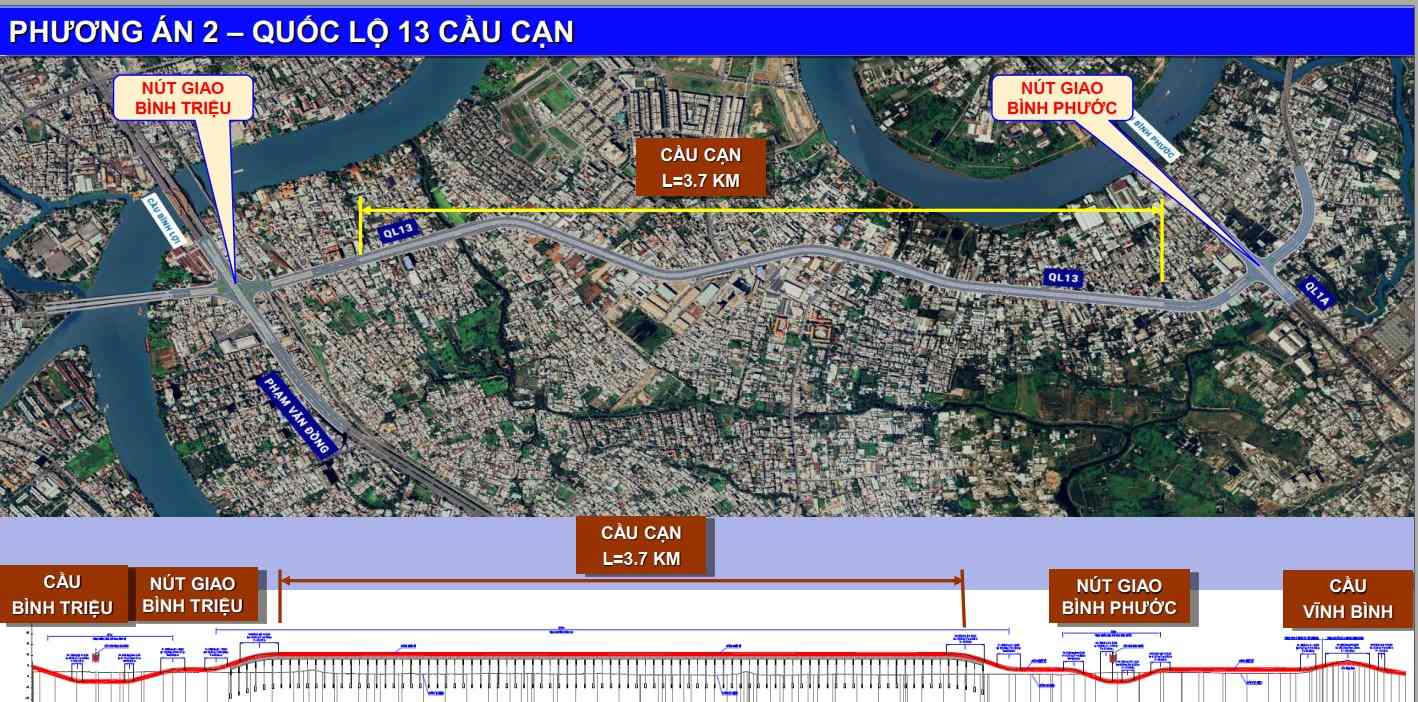
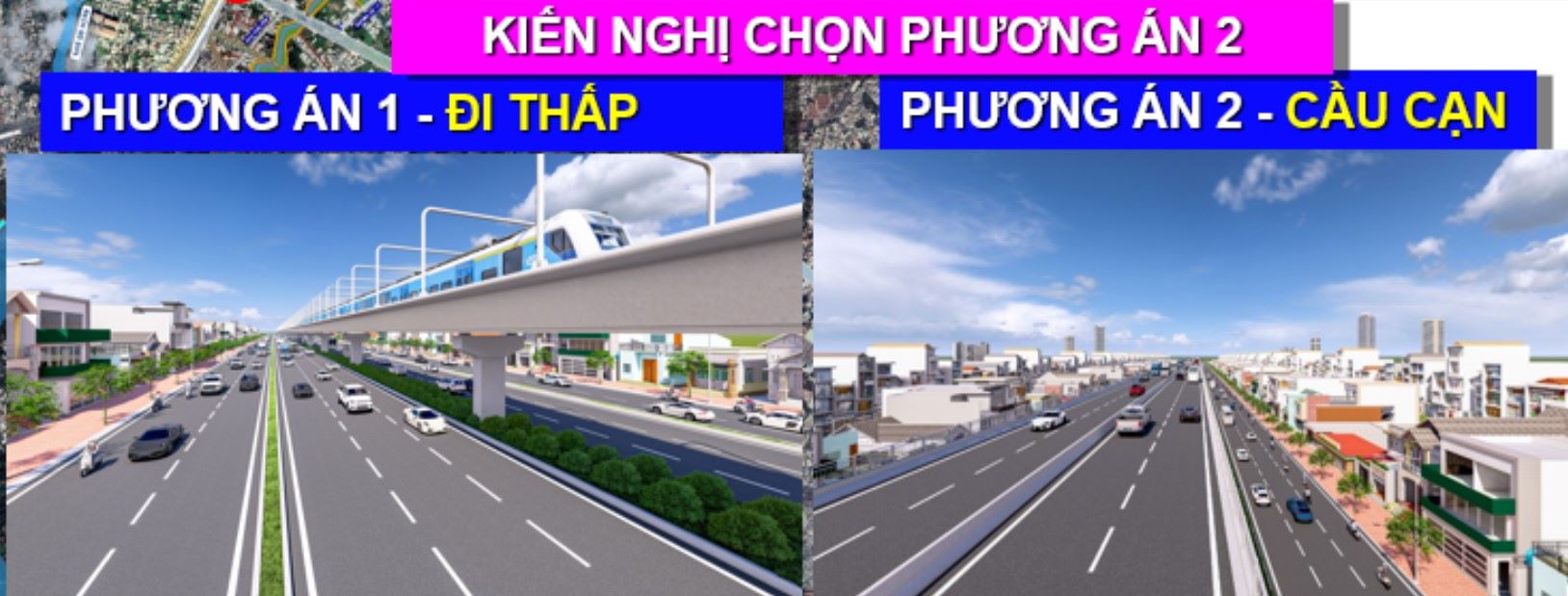
After comparing the two options of low and high (overpass), the consulting unit proposed the option of building a 3.7 km long elevated road from Binh Trieu intersection to Binh Phuoc intersection.
The elevated road will have 4 lanes (80 km/h), while the parallel road below will have 3 lanes on each side (60 km/h).
At the same time, at the Binh Loi bridge intersection and Binh Phuoc intersection, a two-way underpass will be built.
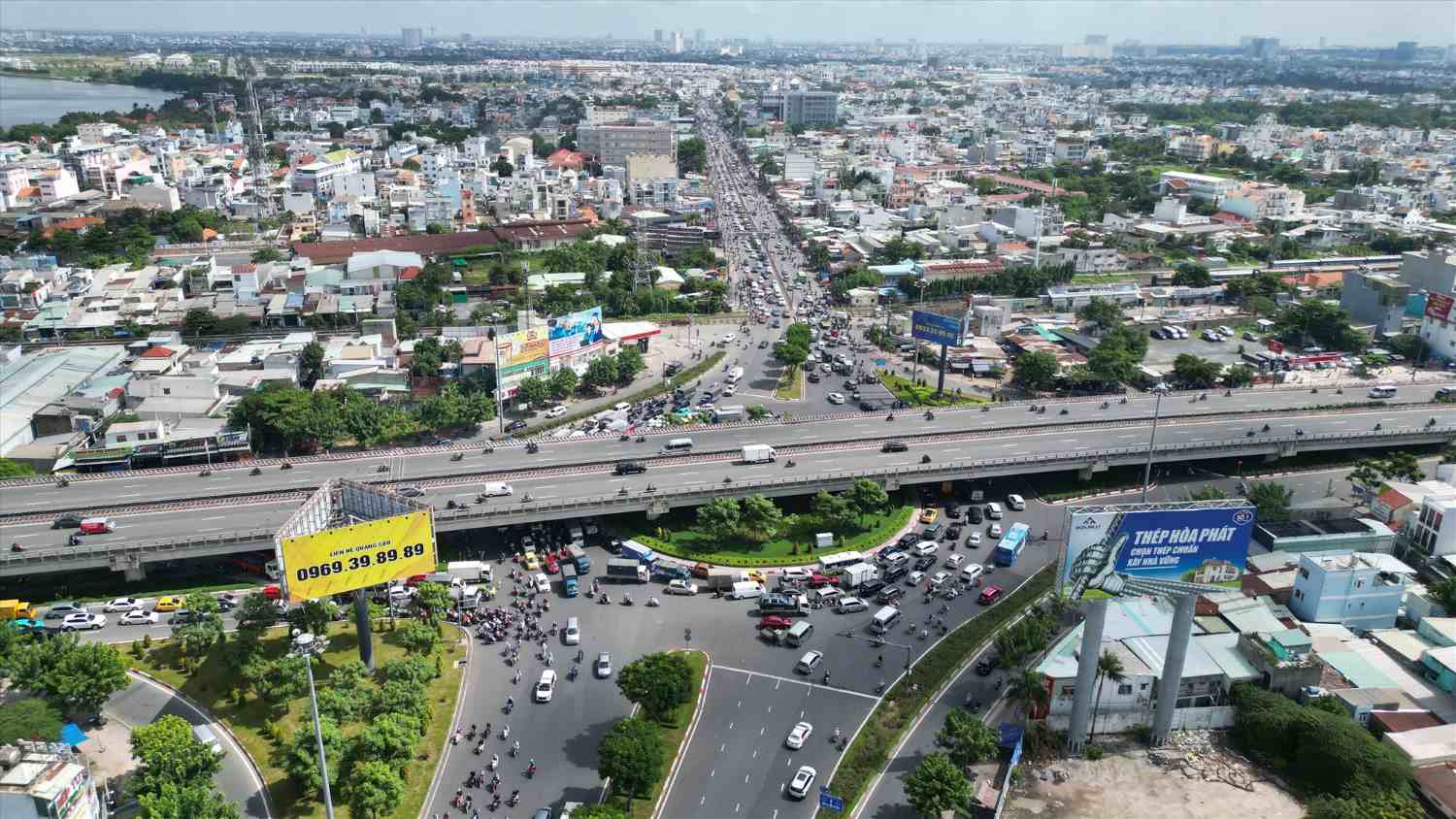
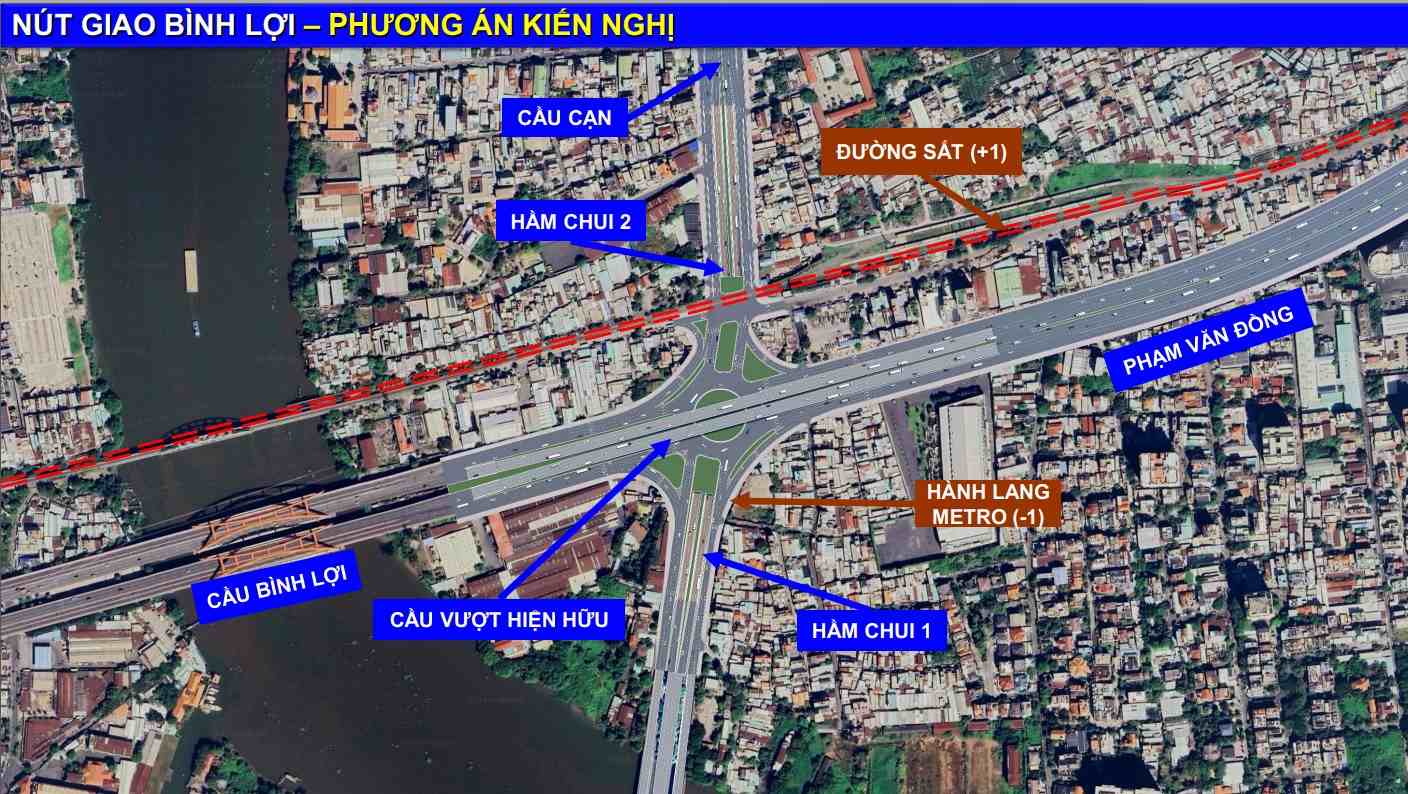
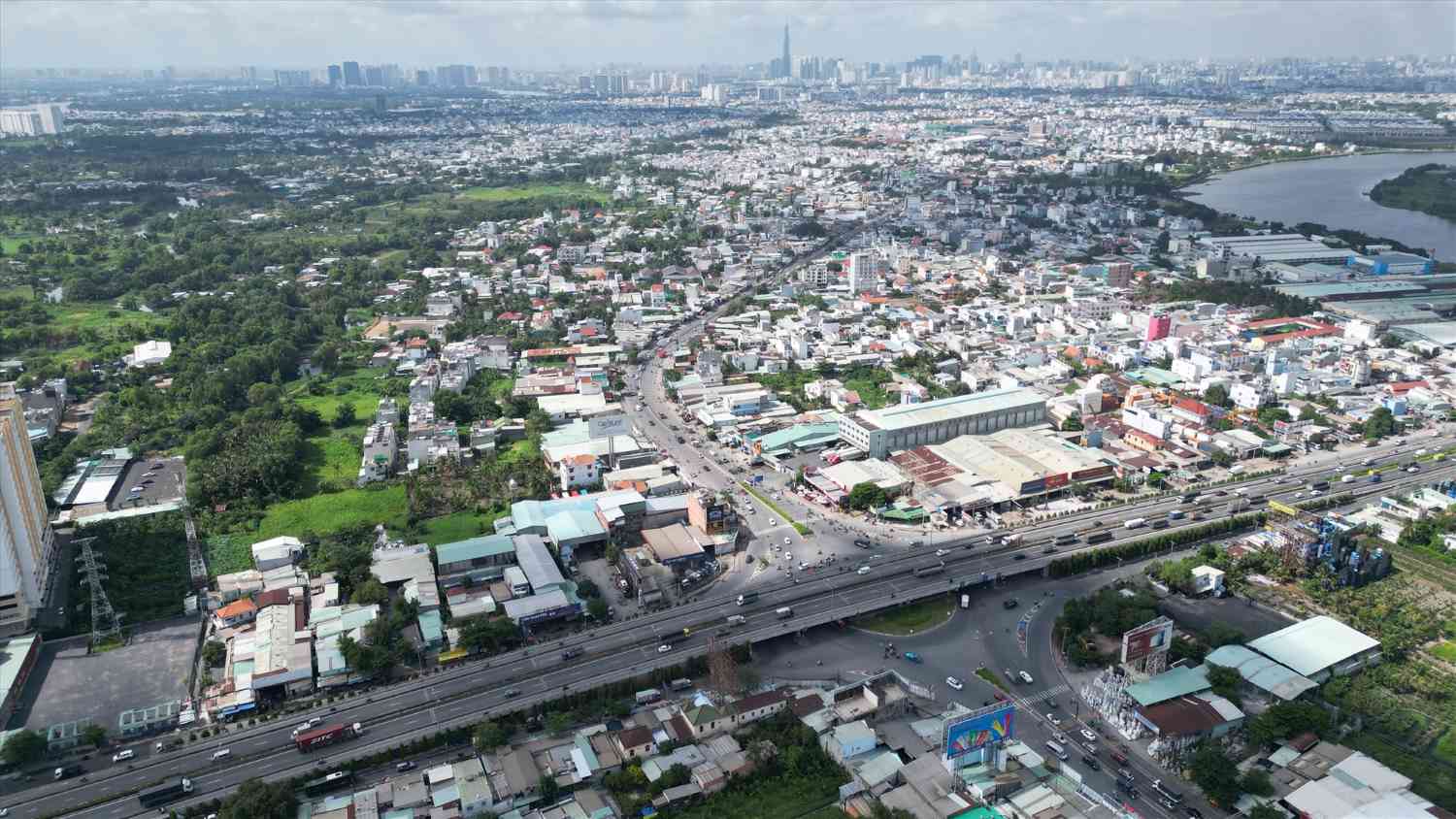
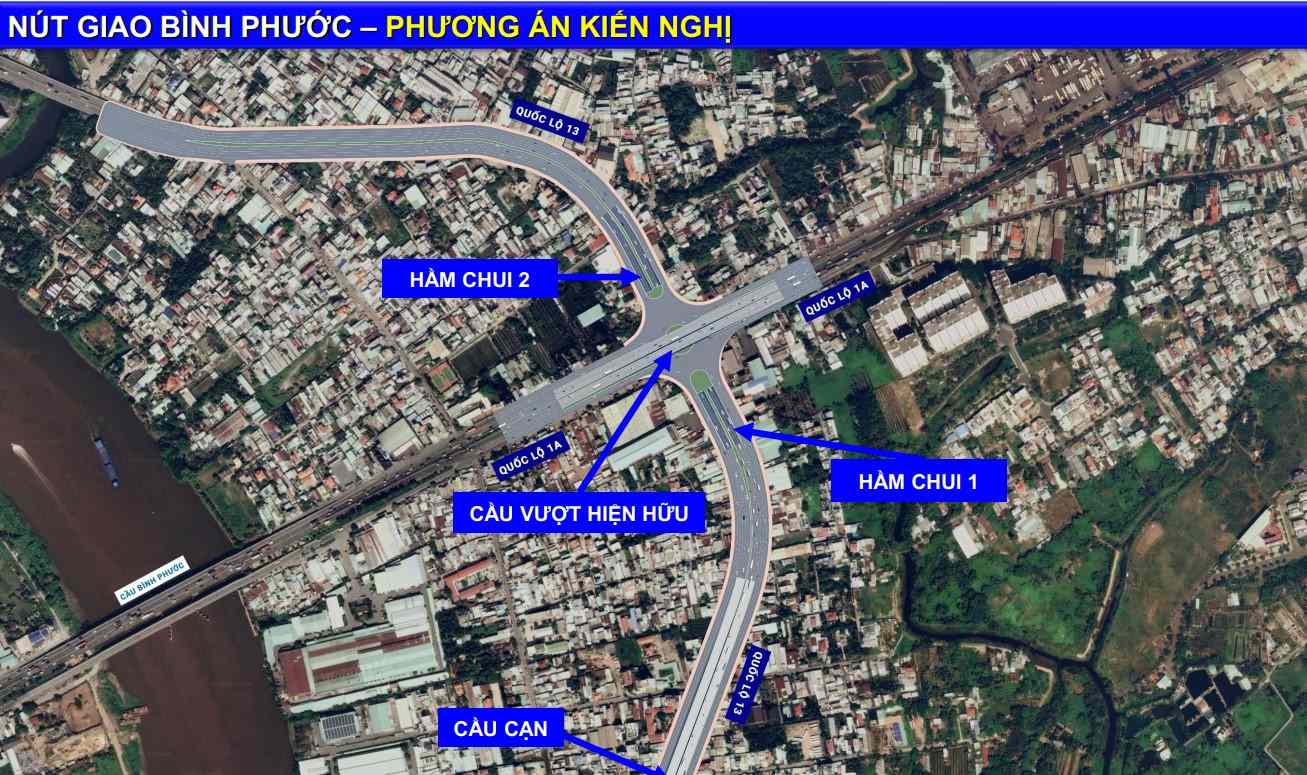
The total preliminary investment for the elevated road project is nearly 20,000 billion VND, of which site clearance costs account for more than 14,500 billion VND.
Compared to the low-rise option (total capital of 18,296 billion VND), the elevated road has a higher construction cost (about 1,339 billion VND), but is considered more optimal in the long term. The elevated road has the advantage of having fewer intersections with the routes below, creating a smooth path for vehicles to move quickly.
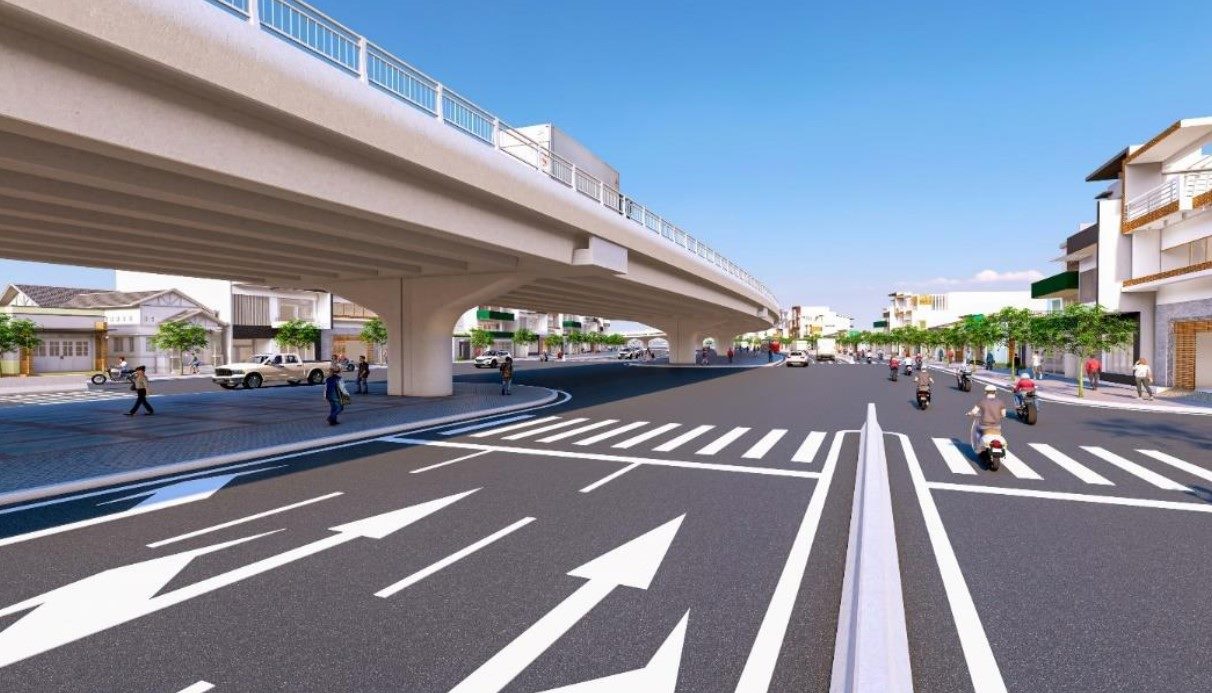
To implement the project, the investment capital will be divided between the state budget and BOT capital. It is expected that the state budget will participate in about 13,697 billion VND (accounting for 70% of the total investment capital), the remaining 5,986 billion VND will be mobilized from BOT capital.
To carry out the project, through a preliminary inspection by the Thu Duc City People's Committee, it is expected that there will be 853 cases of partial clearance and 238 cases of complete clearance.
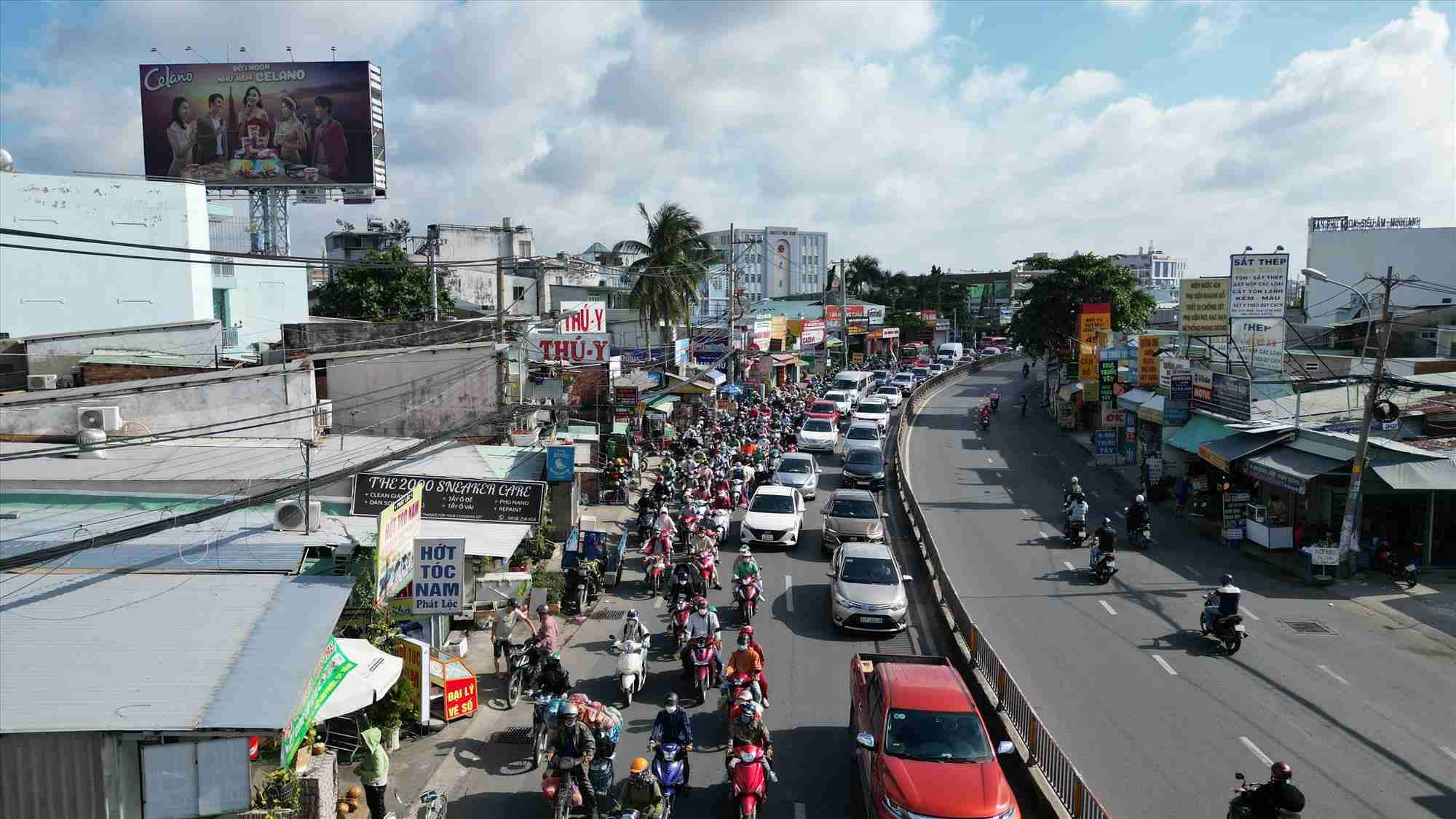
This afternoon (November 14), the Ho Chi Minh City Department of Transport held a consultation conference on pre-feasibility study reports for five projects to upgrade and expand existing roads, including National Highway 13.
It is expected that the project to upgrade and expand National Highway 13 will be submitted to competent authorities for appraisal and investment decision by the end of 2024.
If approved, the project will start construction in the first quarter of 2026 and be completed in 2028. In addition to reducing traffic congestion, it will also help increase inter-regional traffic connectivity between Ho Chi Minh City and Binh Duong, Binh Phuoc and the Central Highlands provinces.
National Highway 13 is the main route connecting Ho Chi Minh City with Binh Duong and Binh Phuoc. While the section through Binh Duong has been upgraded many times to 8 lanes, spacious and airy, the section through Ho Chi Minh City has only 4-6 lanes, becoming a "bottleneck" causing traffic jams that have lasted for many years.
The 5km section of National Highway 13 from Binh Trieu Bridge to Binh Phuoc intersection, which was once part of the Binh Trieu 2 Bridge and Road project, was implemented under the BOT model more than 20 years ago but then had to stop due to the cancellation of the BOT contract.
Thanks to Resolution 98 passed by the National Assembly in 2023, Ho Chi Minh City has the opportunity to reuse the BOT model to upgrade existing infrastructure works, including National Highway 13.











